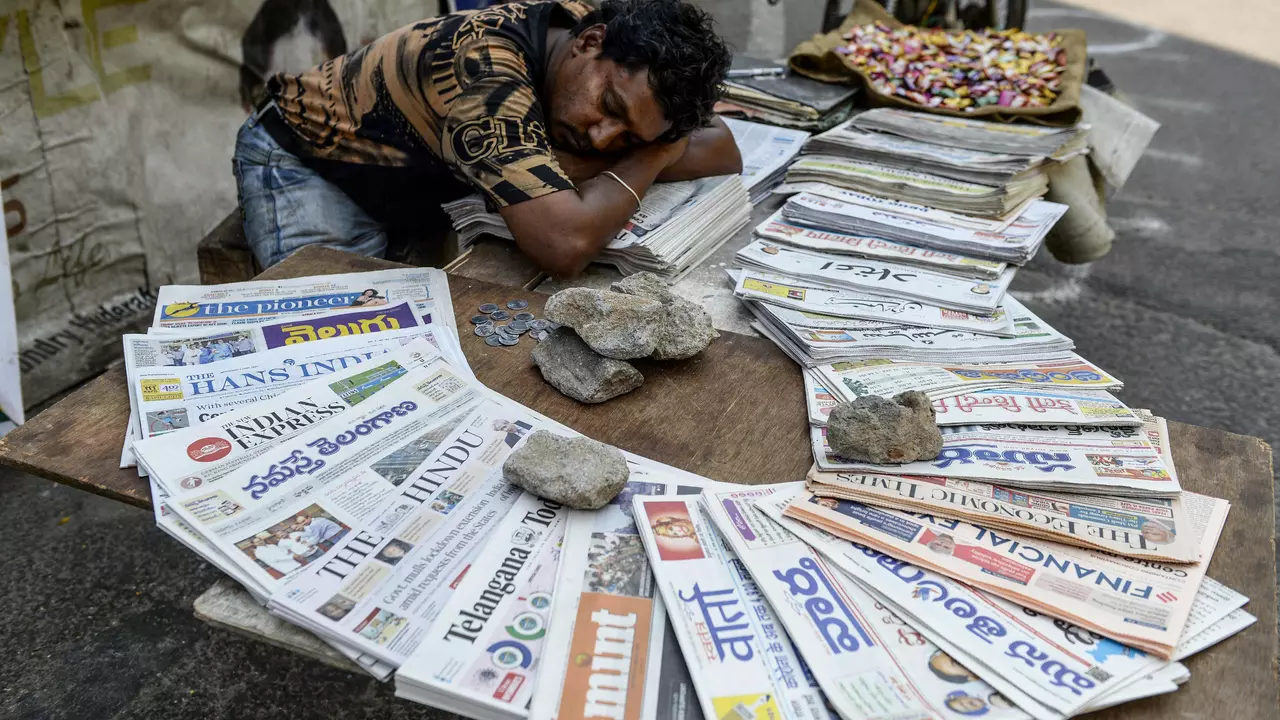What is the depth to which media is sold out in INDIA?

The Media Landscape in India
India's media landscape is vast and diverse, with numerous newspapers, television channels, radio stations, and digital platforms. Over the years, it has evolved into a powerful force, shaping public opinion and influencing policy decisions. However, it's essential to question the extent to which the media in India is sold out. Are the news we consume truly unbiased, or are they influenced by hidden agendas and commercial interests?
Ownership and Control in Media
One of the key factors influencing the media's objectivity in India is the issue of ownership and control. A vast majority of media outlets are owned by large corporations or influential individuals with political affiliations. This creates an inherent conflict of interest, as these entities may use their media platforms to promote their own interests, often at the expense of journalistic integrity and impartiality.
Advertisement Revenue and Media Bias
Advertisement revenue is the lifeblood of most media outlets. The need for this income can sometimes lead to biased reporting, as media houses may be reluctant to publish content that could offend their advertisers. This is particularly true in India, where many businesses are intertwined with politics, and negative coverage could result in financial repercussions.
The Influence of Politics
Politics plays a significant role in the Indian media landscape. Politicians and political parties often own media houses or have close ties with them. This means that the media's coverage of political events and issues is often biased, with a clear slant towards the owner's political affiliations. This lack of neutrality is a serious concern, as it undermines the media's role as a watchdog of democracy.
Sensationalism and Ratings
In the race for ratings and viewership, many media houses resort to sensationalism. They often focus on sensational news stories, ignoring more important issues. This 'TRP culture' not only distorts the news but also misleads the public, leading to a skewed understanding of current affairs.
Self-Censorship and Fear
Self-censorship is another significant issue affecting the Indian media. Journalists and editors often censor themselves due to fear of losing their jobs, legal repercussions, or even physical violence. This fear stifles critical reporting and prevents the media from holding powerful individuals and institutions accountable.
The Rise of Online Media
With the advent of digital media, there has been a surge in independent journalism in India. Numerous online platforms are providing an alternative to traditional media, often covering stories that mainstream media ignore. However, these platforms also face challenges such as lack of funding, online harassment, and government censorship.
Reclaiming Media's Credibility
Despite these challenges, there are still many journalists and media houses in India committed to upholding journalistic ethics and values. There is a need for stricter regulations to ensure media independence and transparency in ownership. The public also plays a crucial role by supporting independent journalism and questioning the bias in the news they consume.
In conclusion, while the Indian media is indeed sold out to a certain extent, it's not a lost cause. With collective efforts from the public, journalists, and policymakers, it’s possible to reclaim the media's credibility and ensure it serves its true purpose - to inform, educate, and hold power to account.



Write a comment